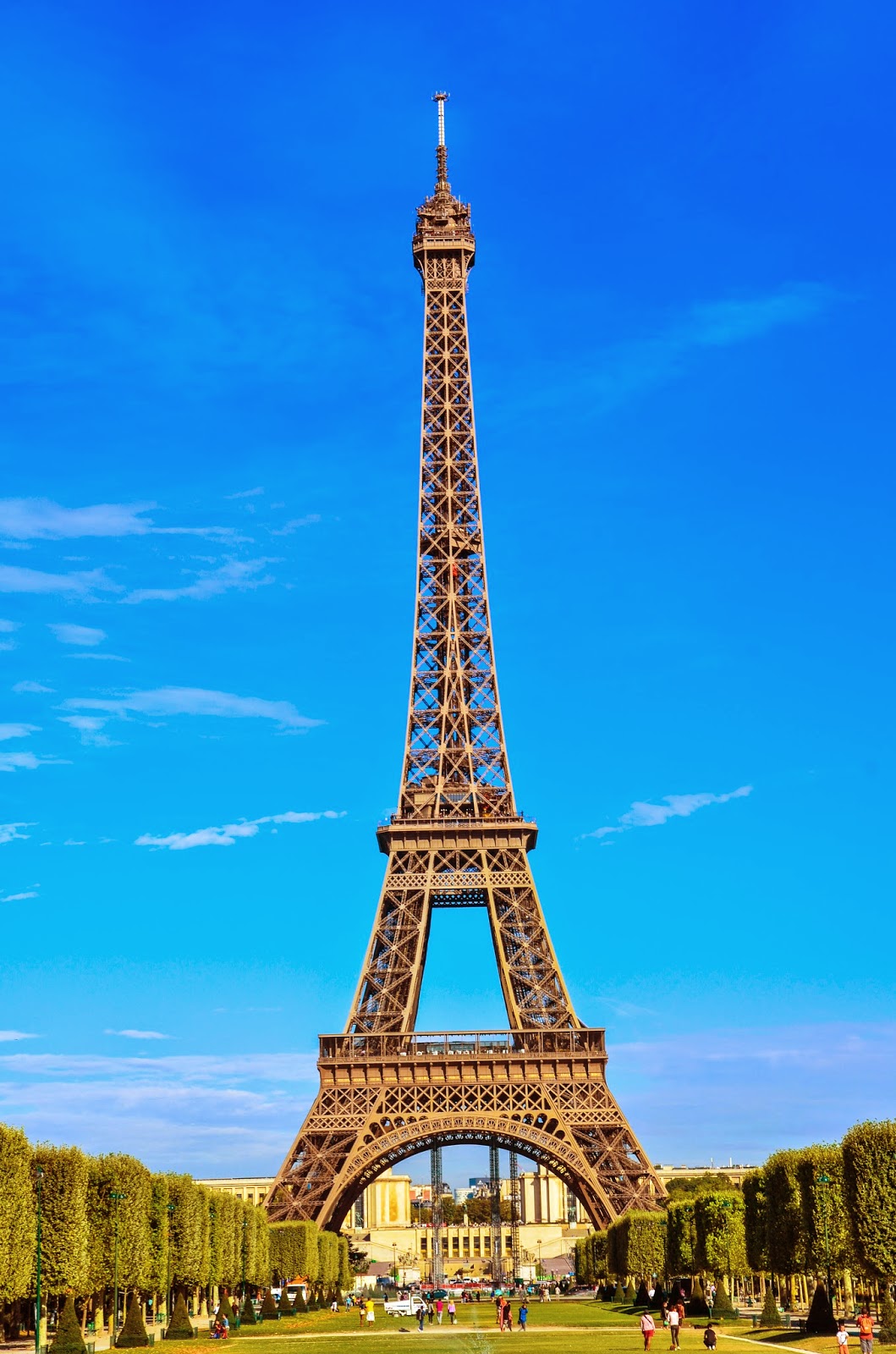Unveiling The Majesty Of The Eifil Tower: A Symbol Of Paris
The Eifil Tower, an architectural marvel, stands tall in the heart of Paris, captivating millions of visitors each year. This iconic structure, designed by Gustave Eiffel, was constructed for the 1889 Exposition Universelle to celebrate the 100th anniversary of the French Revolution. Rising to a height of 1,083 feet, the Eifil Tower has become synonymous with the City of Light, representing not just an engineering feat but also the spirit of innovation and art that Paris embodies.
As you approach the Eifil Tower, its intricate iron lattice design and towering presence take your breath away. The tower's unique structure and breathtaking views of the Paris skyline make it a must-visit destination for tourists and locals alike. With its three levels offering distinct experiences, the Eifil Tower invites you to explore its history, architecture, and the breathtaking vistas that stretch across the city.
The Eifil Tower is more than just a tourist attraction; it is a cultural icon that has inspired countless artists, writers, and filmmakers throughout the years. From its initial criticism to becoming a beloved symbol of Paris, the tower's journey reflects the evolution of public perception and its enduring appeal. Join us as we delve deeper into the history, significance, and allure of the Eifil Tower.
What is the History of the Eifil Tower?
The history of the Eifil Tower is a fascinating tale of innovation and ambition. Originally constructed as a temporary exhibit for the 1889 World's Fair, the tower faced significant opposition and criticism from prominent artists and intellectuals of the time. However, Gustave Eiffel's vision and engineering expertise helped transform it into a permanent fixture of the Paris skyline.
Who Designed the Eifil Tower?
The Eifil Tower was designed by the French engineer Gustave Eiffel and his company. Eiffel collaborated with Maurice Koechlin and Émile Nouguier, who were the chief engineers behind the project. The design process involved extensive calculations and innovative use of wrought iron, which was a groundbreaking material at the time.
When Was the Eifil Tower Completed?
The construction of the Eifil Tower began in January 1887 and was completed in March 1889, taking just over two years to finish. This rapid construction timeline was a remarkable achievement for the era, showcasing the engineering prowess of Eiffel and his team.
What Makes the Eifil Tower an Iconic Landmark?
The Eifil Tower's iconic status can be attributed to several factors. Firstly, its unique design and engineering feat stand as a testament to human ingenuity. Secondly, the tower's location on the Champ de Mars offers stunning views of the Seine River and the surrounding cityscape, making it a prime spot for photography and sightseeing.
- It was the tallest man-made structure in the world until the completion of the Chrysler Building in New York City in 1930.
- The Eifil Tower has been the backdrop for numerous cultural events, celebrations, and even proposals.
- It is illuminated every evening, creating a magical experience for those who visit.
How Many Visitors Does the Eifil Tower Attract Annually?
The Eifil Tower is one of the most visited paid monuments in the world, attracting approximately 7 million visitors each year. This staggering number showcases the tower's global appeal and its significance as a must-see attraction for anyone visiting Paris.
What Can You Experience at the Eifil Tower?
Visiting the Eifil Tower offers a range of experiences for guests. You can take an elevator ride to the summit for panoramic views of the city, explore the various exhibitions detailing the tower's history, or enjoy a meal at one of the on-site restaurants. Each level of the tower provides a unique perspective of Paris, making it a memorable experience for all.
What Are Some Interesting Facts About the Eifil Tower?
The Eifil Tower is filled with fascinating details that make it even more intriguing. Here are some interesting facts:
- The tower was originally intended to be dismantled after 20 years but was saved due to its value as a radiotelegraph station.
- It weighs approximately 10,000 tons and is made up of over 18,000 individual iron parts.
- The Eifil Tower sways slightly in the wind, a testament to its engineering design that allows for flexibility.
How Has the Eifil Tower Influenced Art and Culture?
Throughout its history, the Eifil Tower has inspired countless artists, filmmakers, and writers. It serves as a muse for creativity, symbolizing romance, beauty, and the spirit of Paris. From iconic films like "Midnight in Paris" to paintings and photographs, the tower has become an enduring symbol of artistic expression.
What Future Developments Are Planned for the Eifil Tower?
The Eifil Tower continues to evolve, with plans for modernization and sustainability in the works. Efforts to reduce its environmental impact and enhance visitor experiences are underway, ensuring that this iconic structure remains relevant and accessible for future generations.
Conclusion: Why Should You Visit the Eifil Tower?
In conclusion, the Eifil Tower is not just a landmark but a symbol of Parisian culture and history. Its stunning architecture, rich history, and breathtaking views make it a must-visit destination for anyone traveling to the City of Light. Whether you're admiring its grandeur from the ground or taking in the panoramic vistas from above, the Eifil Tower promises an unforgettable experience that captures the essence of Paris.
Unveiling The Life Of Stephen Ira Benjamin Beatty
Exploring The Iconic Selena Gomez And Nick Jonas Pics
Exploring The Enigmatic Character Of Ghostbusters Annie

